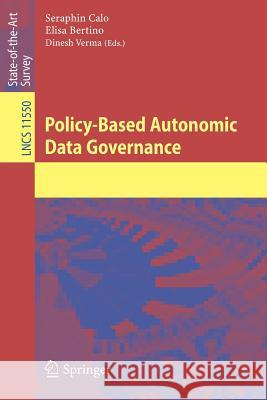Policy-Based Autonomic Data Governance » książka
topmenu
Policy-Based Autonomic Data Governance
ISBN-13: 9783030172763 / Angielski / Miękka / 2019 / 227 str.
Kategorie:
Kategorie BISAC:
Wydawca:
Springer
Seria wydawnicza:
Język:
Angielski
ISBN-13:
9783030172763
Rok wydania:
2019
Wydanie:
2019
Ilość stron:
227
Waga:
0.34 kg
Wymiary:
23.39 x 15.6 x 1.3
Oprawa:
Miękka
Wolumenów:
01
Dodatkowe informacje:
Wydanie ilustrowane











